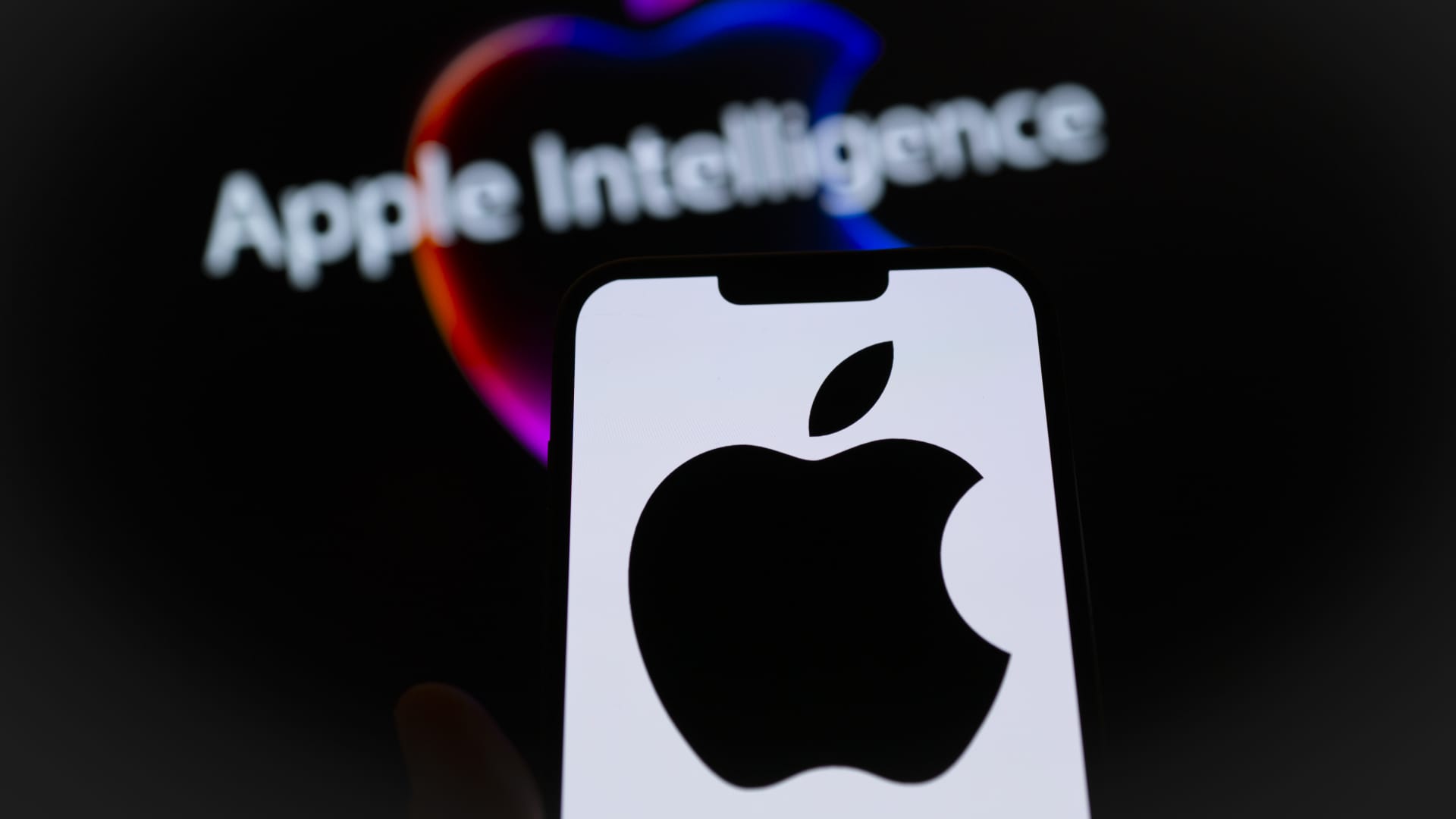Unraveling the Truth: Apple’s AI News Alerts and Misinformation Concerns
In the digital age, where information is at our fingertips, the responsibility of tech giants like Apple to maintain the integrity of news dissemination has never been more critical. As Apple rolls out its AI-driven news alerts, the company finds itself at the center of a growing conversation about misinformation and its implications. This article explores the challenges Apple faces in combating misinformation, the role of AI in news distribution, and potential solutions to uphold journalistic integrity.
The Rise of AI in News Alerts
Artificial Intelligence has revolutionized how we consume information. With the ability to analyze vast amounts of data quickly, AI systems can curate news alerts based on user preferences, search history, and engagement patterns. Apple’s AI news alerts aim to provide users with personalized content, ensuring that they receive the most relevant news articles. However, this innovation comes with a set of challenges, particularly the risk of amplifying misinformation.
Understanding Misinformation
Misinformation refers to false or misleading information spread regardless of intent. In contrast, disinformation is deliberately deceptive. The internet has created a fertile ground for both, with social media platforms and news aggregators often unintentionally promoting inaccurate content. As AI algorithms curate news, they can inadvertently prioritize sensational stories over fact-checked journalism, leading to a skewed perception of reality.
Apple’s AI News Alerts: A Double-Edged Sword
While Apple’s AI news alerts aim to enhance user experience, they also raise significant concerns about the quality and reliability of the information being shared. Here are some key issues:
- Algorithmic Bias: AI systems are only as good as the data they are trained on. If the training data contains biases or inaccuracies, the resulting alerts can perpetuate those issues. This can lead to the amplification of fringe theories or misleading narratives.
- Lack of Context: AI algorithms often lack the ability to understand the nuances of news stories. This can result in alerts that misrepresent the significance or implications of the news, leading to misunderstandings among users.
- Speed vs. Accuracy: In the race to provide real-time news, the pressure on AI systems to deliver information quickly can compromise accuracy. While speed is essential in journalism, accuracy is paramount; a false alert can have lasting repercussions.
The Implications of Misinformation
The consequences of misinformation are far-reaching. Inaccurate news alerts can contribute to public confusion, erode trust in legitimate news sources, and even incite social unrest. As misinformation spreads, it can influence public opinion on critical issues such as health, politics, and social justice. For instance, during the COVID-19 pandemic, misinformation about the virus and vaccines proliferated, leading to hesitancy and confusion among the public.
Case Studies of Misinformation
Several high-profile cases have illustrated the dangers of misinformation fueled by AI. In 2020, misleading information about the presidential election in the United States spread rapidly across social media platforms, influencing voter perceptions and actions. Similarly, during the pandemic, false claims about cures and preventive measures circulated widely, often originating from AI-generated or algorithmically amplified content.
Strategies for Combatting Misinformation
As Apple navigates these challenges, several strategies can be employed to mitigate the spread of misinformation through its AI news alerts:
- Enhancing Algorithms: Apple can improve its AI algorithms to prioritize sources that are reputable and adhere to journalistic standards. This could involve partnerships with fact-checking organizations to validate information before it is disseminated.
- Transparency: Providing users with insights into how news alerts are generated can help build trust. Transparency about the algorithms used and the sources of information can empower users to critically evaluate the news they receive.
- User Education: Apple can play a pivotal role in educating users about misinformation. By promoting media literacy campaigns, the company can help users develop critical thinking skills to discern credible news from falsehoods.
- Feedback Mechanisms: Implementing systems for users to report misleading or false alerts can create a feedback loop that helps refine AI models. This user-generated input can be invaluable in identifying and correcting misinformation.
The Role of Journalistic Integrity
Despite the technological advancements, the core values of journalism—accuracy, fairness, and accountability—must remain intact. As Apple and other tech companies integrate AI into news distribution, they must also consider the ethical implications of their decisions. Collaborating with journalists and media organizations can help ensure that AI systems are designed with integrity in mind.
Building Trust in News Media
To rebuild trust in the media landscape, tech companies must acknowledge their role in promoting quality journalism. By investing in partnerships with reputable news organizations, Apple can enhance the credibility of its news alerts. Supporting investigative journalism and fact-checking initiatives can further bolster the fight against misinformation.
Looking Ahead: The Future of AI and News Alerts
The intersection of AI and journalism presents both challenges and opportunities. As Apple continues to refine its AI news alerts, it has the chance to lead the way in responsible information dissemination. By addressing misinformation head-on and prioritizing journalistic integrity, Apple can not only enhance its user experience but also contribute to a healthier information ecosystem.
Conclusion
The rise of AI-driven news alerts signifies a new era in information consumption, but it also highlights significant challenges related to misinformation. As Apple faces scrutiny over its approach, the company has an opportunity to set a standard for ethical AI use in the news industry. By prioritizing accuracy, transparency, and collaboration with the journalistic community, Apple can navigate the complex landscape of digital news while fostering a more informed society.
Ultimately, unraveling the truth in an age of misinformation requires a collective effort from tech companies, journalists, and users alike. Together, we can create a future where reliable information prevails, ensuring that the news we receive is not only personalized but also truthful and trustworthy.
See more Future Tech Daily

